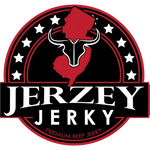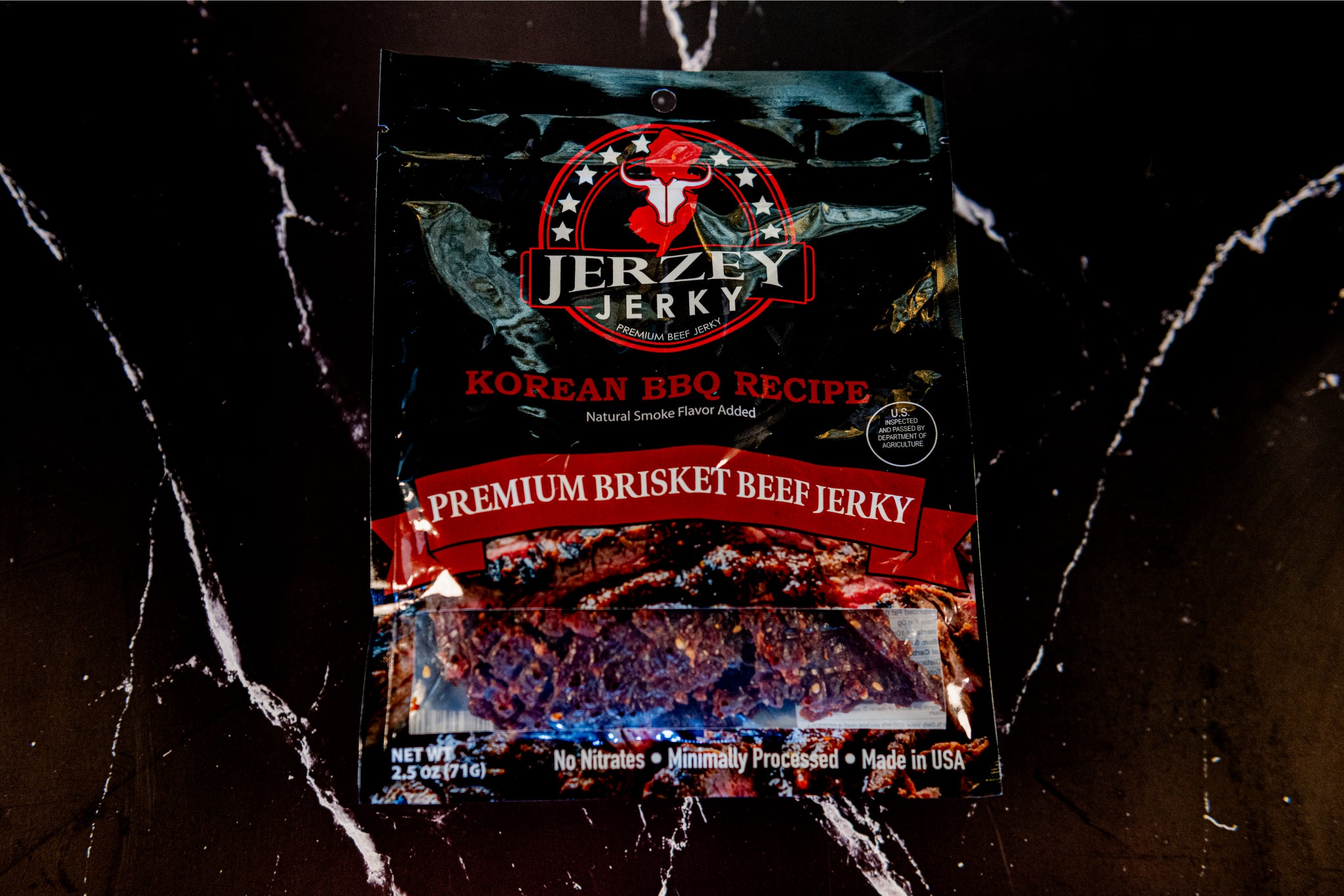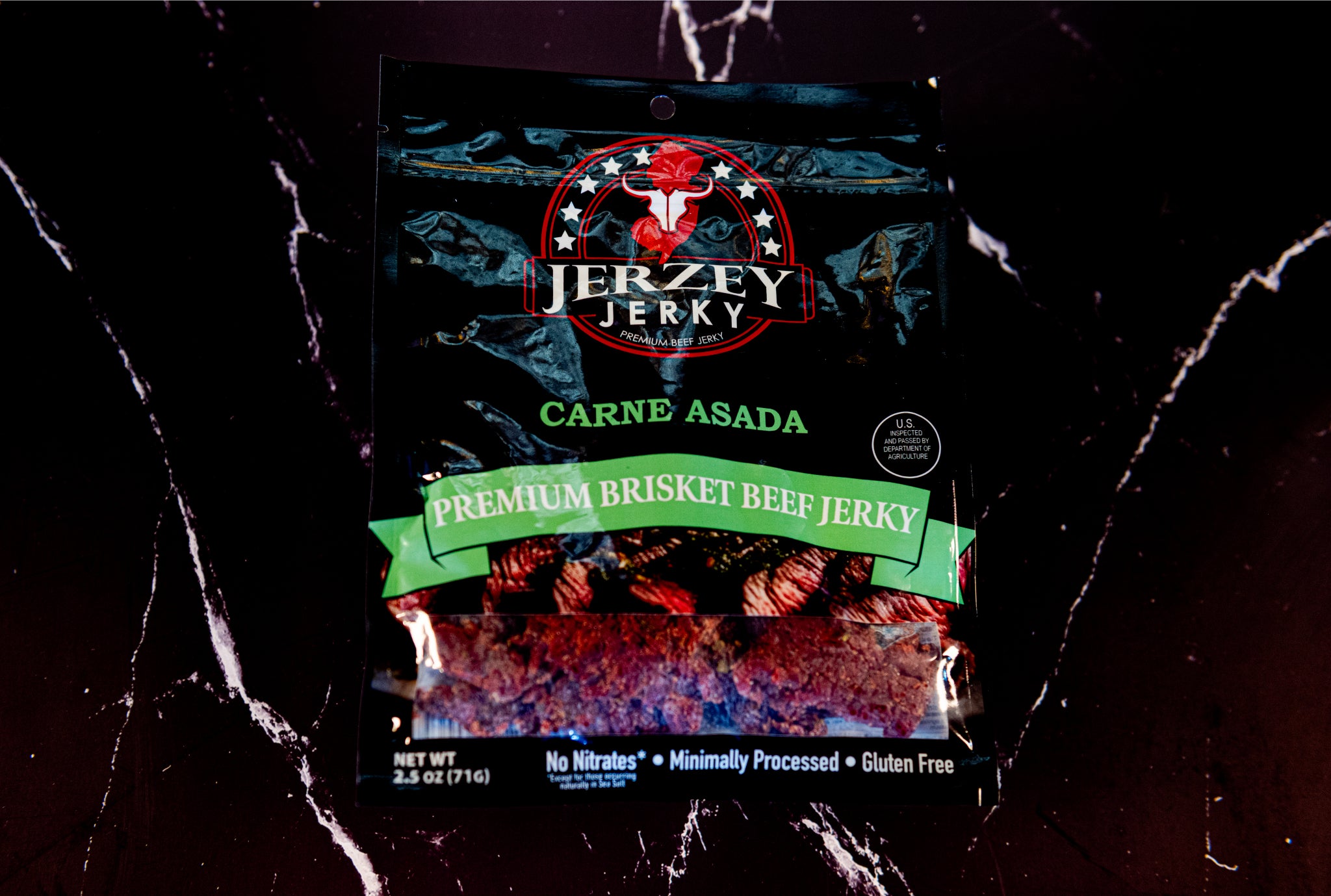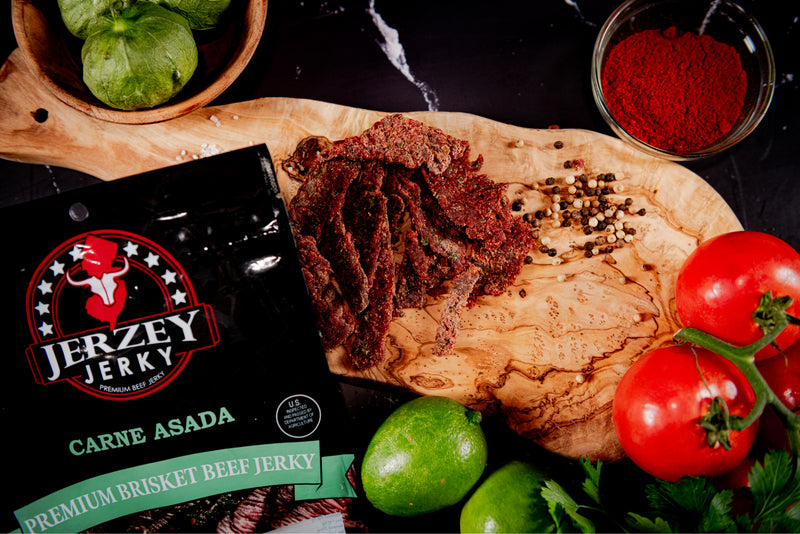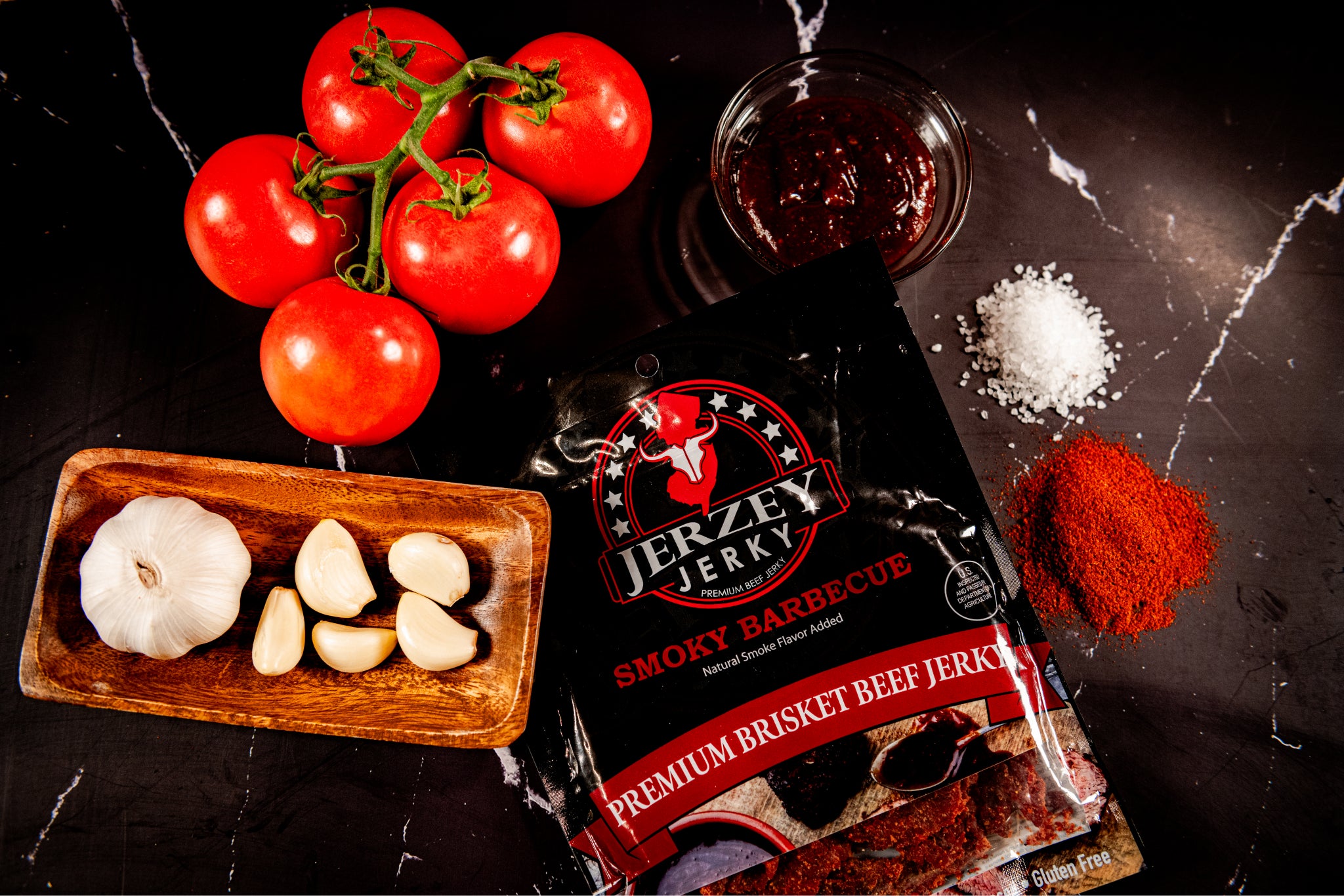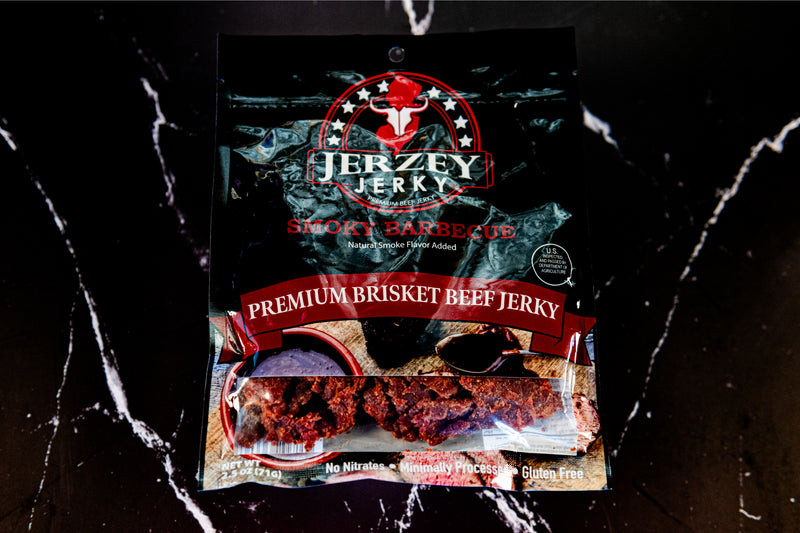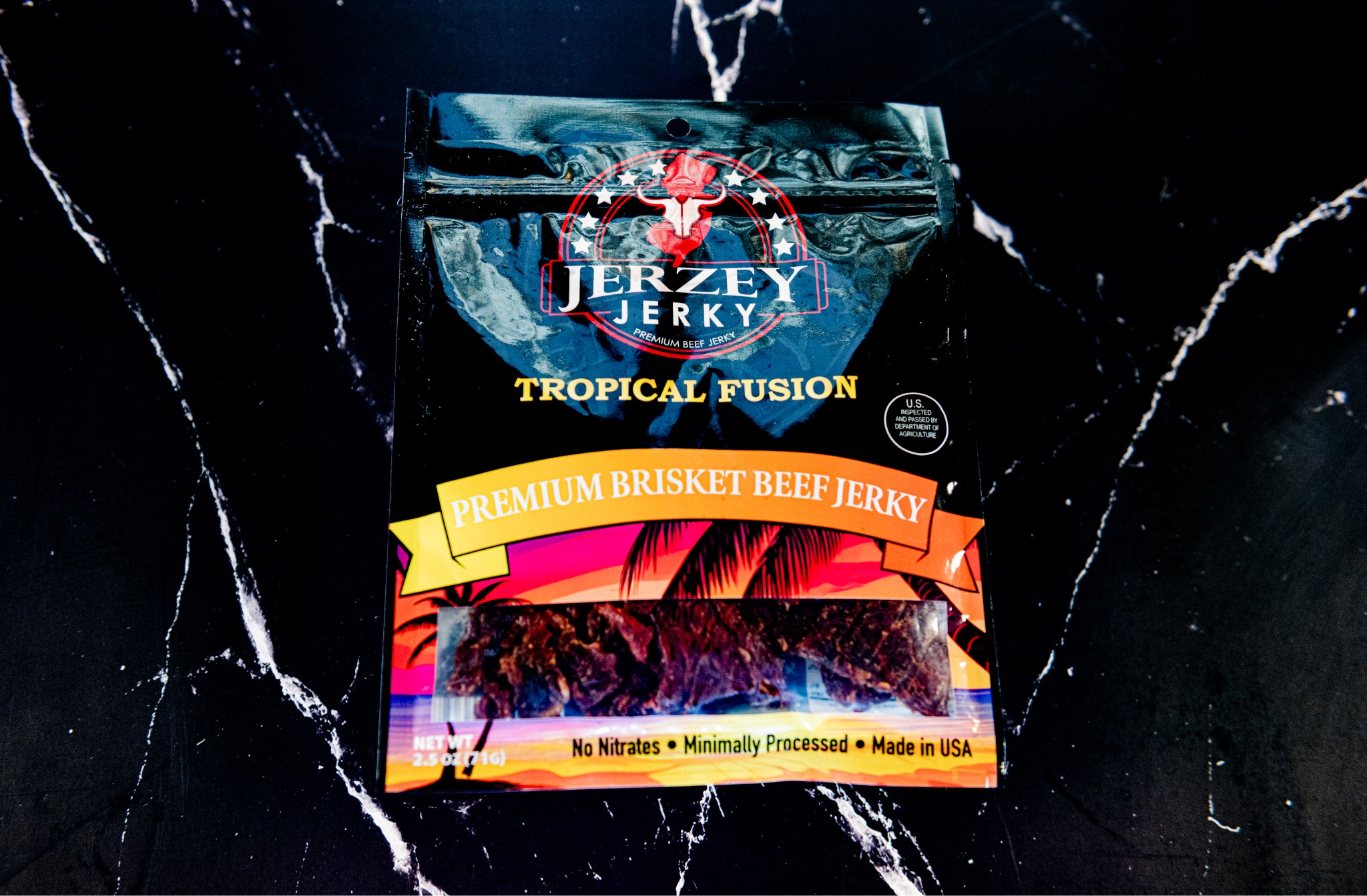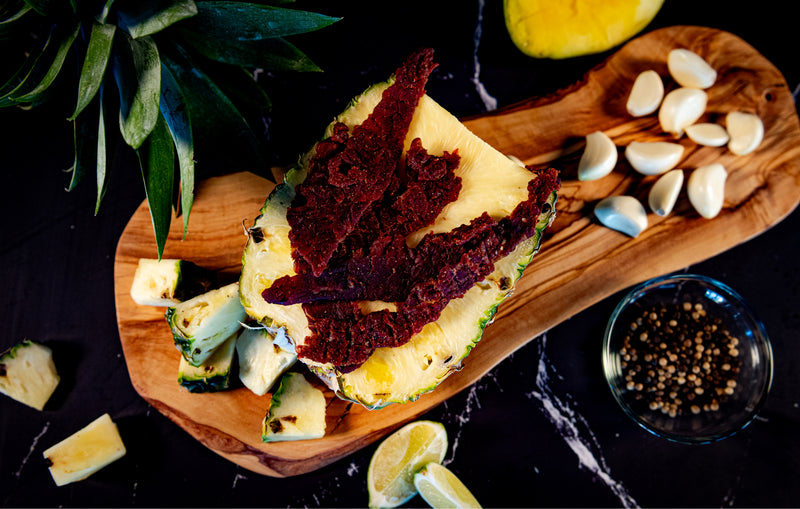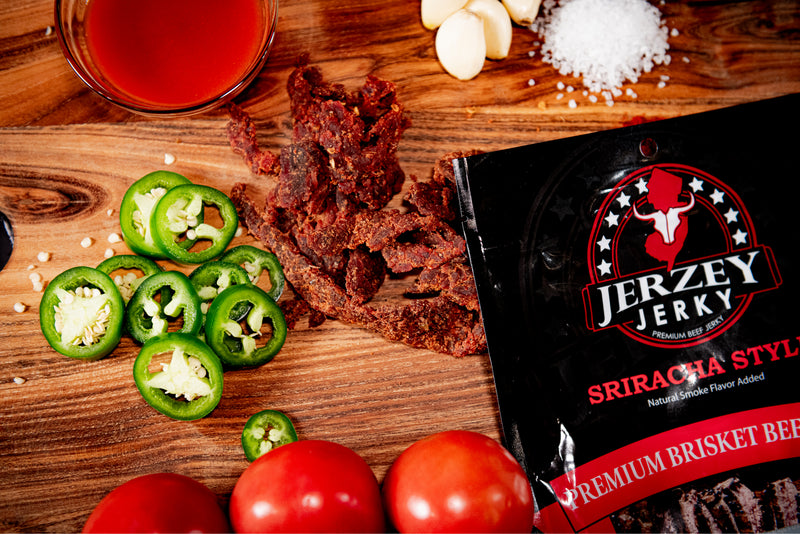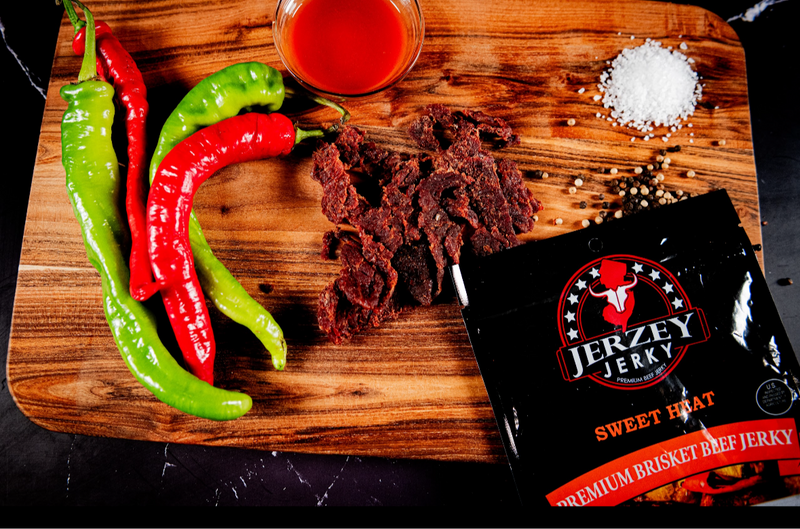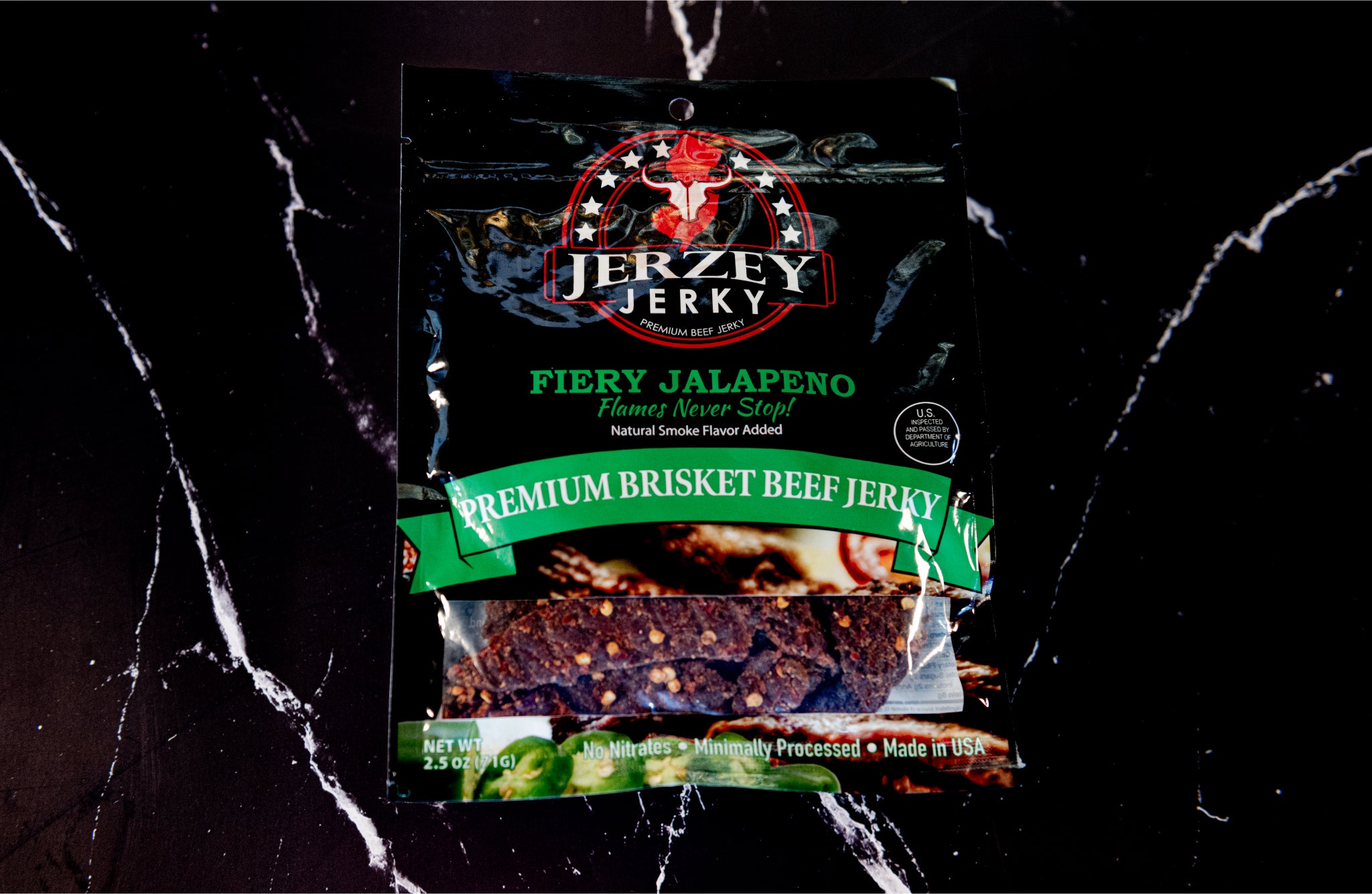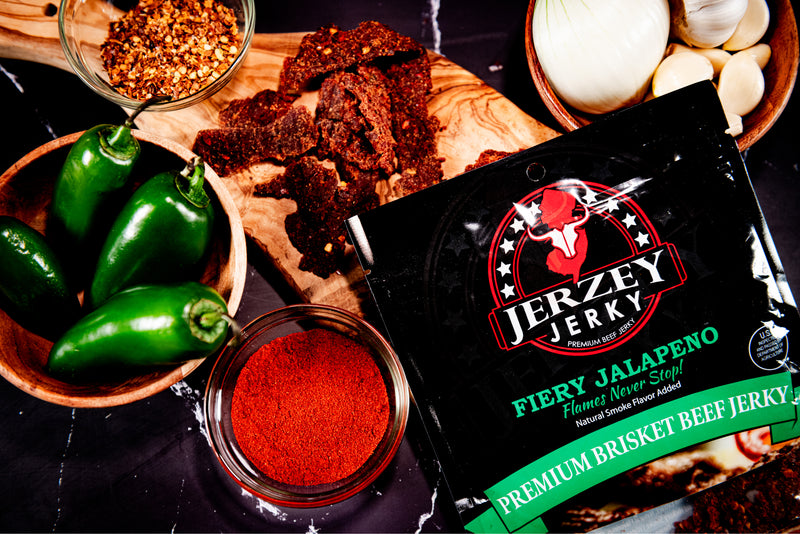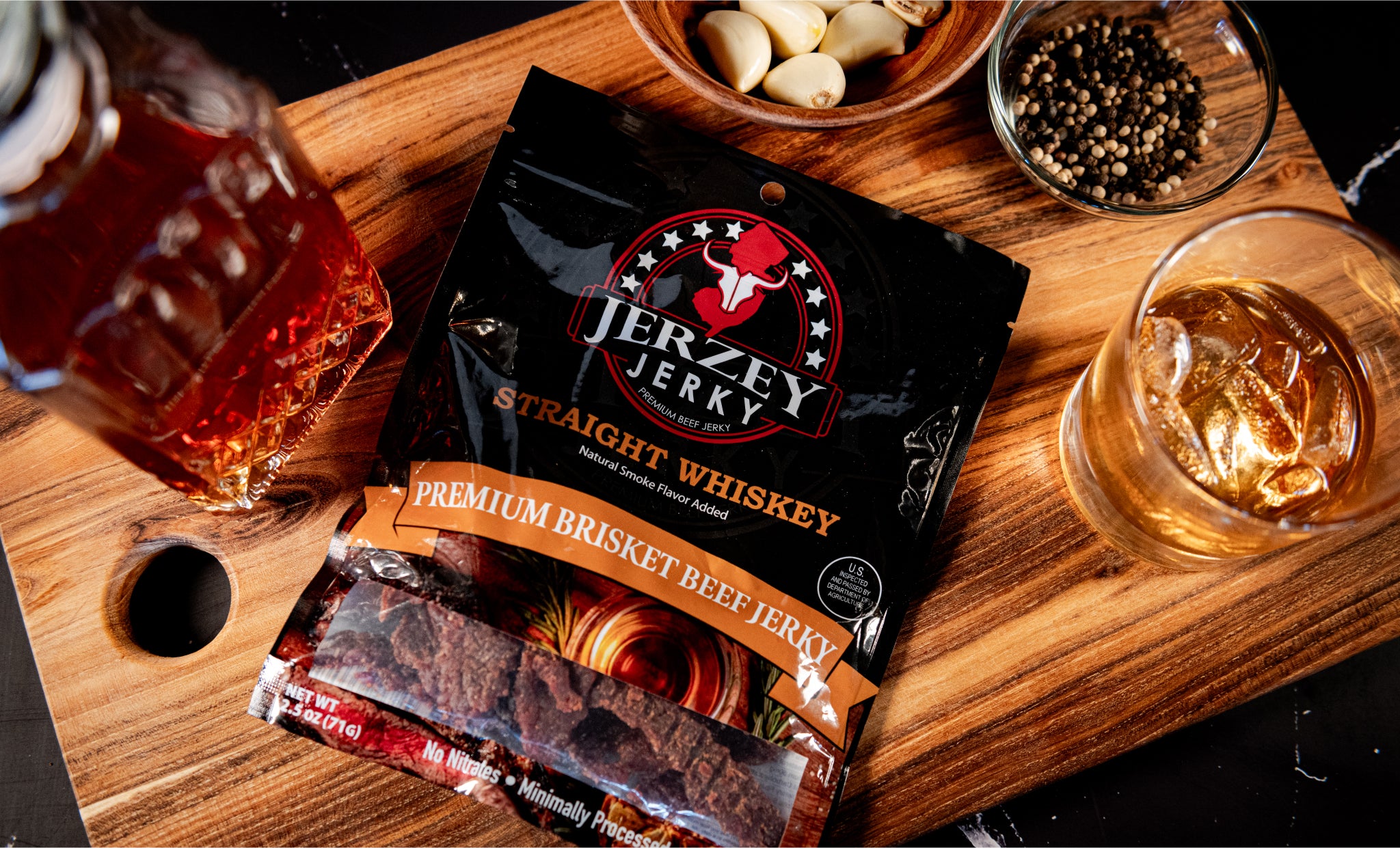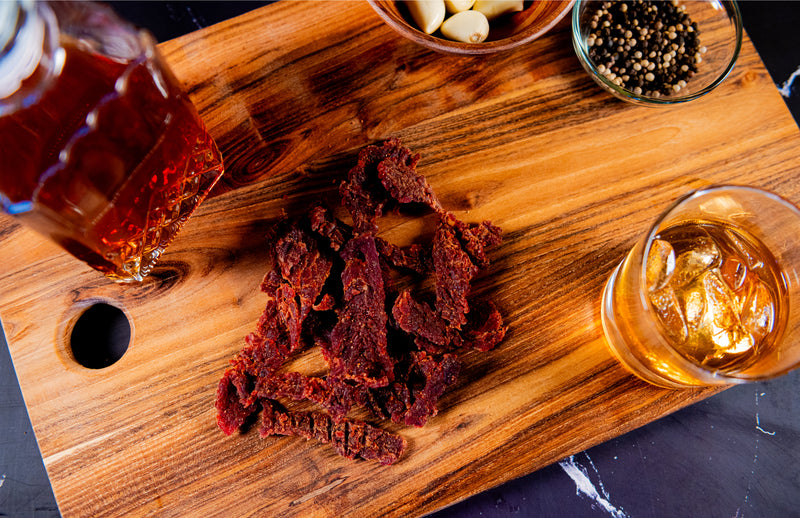
Limousin Beef: Uniqueness, Popularity, and How to Identify
The Limousin is a breed of cattle that appeared in the Limousin region of south-central France. Their life history exceeds 2,000 years. In the early days, they were serving as draft animals because of their endurance and strength.
In the 18th century, breeding cows to selectively produce superior beef was initiated. This increased muscle and meat production. A 2017 study conducted by the University of Clermont Auvergne found that Limousin cattle possessed 12% more than other French breeds in lean meat.
The breed spread around the world during the 20th century. The Limousin arrived in the U.S. in 1968 and Australia in 1971. They are currently ranked among the five leading beef breeds across the globe. Farmers have appreciated them due to their smart growth and quality beef production.
What Do Limousin Cattle Look Like?
Here are the three key physical traits of Limousin cattle:
- Coat Color: The Coat color of Limousin is generally golden-red in shade with wheat and reddish shades. Black Limousin cattle are present but form a lower percentage of the general population in the breed.
- Muscle: Limousins are extremely muscled, especially the loin and shoulder. This muscularity enhances meat production and beef character better than several other beef breeds around the world.
- Frame and Size: Limousin cows possess a big to moderate frame and are lean and muscular. Bulls have a weight of 1100-1300 kilograms and cows between 650-850 kilograms, which facilitates positive growth and body feed utilization.
Shop the best-selling Korean BBQ Beef Jerky - Brisket & Carne Asada Beef Jerky - Brisket!
What Makes Limousin Beef Unique?
Here are the four factors that make Limousin beef unique:
- Lean Meat: Limousin beef has much less fat than most other breeds. It is fat-free, which makes it an ideal choice when the consumer wants lean and healthy meat that does not compromise taste or nutritional value in their diet.
- Hard Feeders: Limousin cattle use about 65 percent of their live weight to make saleable meat. Due to this high carcass yield, the breed is efficient for the farmers and processors who strive to maximize beef production and profitability in meat markets.
- Muscle-to-Fat Ratio: Limousin beef is heavily muscled with very little intramuscular fat. This mixture yields a lean, dense meat that is desired by buyers seeking high-quality beef with a lower level of fat to consume healthily.
- Firm Texture and Bold Taste: Limousin beef has a firmer texture than most other breeds. It has an intense, bold flavour that chefs and consumers treasure in their meal-time experiences in need of a specific, fulfilling beef taste.
What Are the Common Cuts from Limousin Beef?
Here are the three common cuts from Limousin beef:
- Premium Cuts: Limousin beef consists of tenderloin, ribeye, striploin, and sirloin. These trimmings are valued as tender and delicious. They are acquired in muscles that have less exercise thus suitable in steaks and special dishes.
- Utility Cuts: Rump, round, flank, and brisket are utility cuts. These have plenty of muscle consumption and a little less tenderness but are marvelous in flavour. They are suitable for roasting, stewing and slow cooking.
- Ground Beef: Limousin ground beef is a lean and high-protein option. It goes well with burgers, meatballs and other such recipes. It contains less fat than ground beef from other breeds.
How Is Limousin Beef Cooked?
Here are the three common ways to cook Limousin beef:
- Top Methods: Grilling, roasting and stir-frying are ideal for tender Limousin cuts. These techniques keep the natural tenderness and bring to the front the rich flavour. They cook meat fast without drying out the steaks and strips and juicy and tasty.
- Lean Cuts: Braising, slow-cooking or marinating tenderises lean Limousin cuts. These techniques degrade harder fibers in less fatty parts and that is how you get better texture and taste. They render cuts like brisket and flank tender and edible.
- Flavour Tips: Grill Limousin beef with a mixture of paprika and spices to enhance its strong beefy flavour. Don't overcook, as it loses juiciness and tenderness. Qualitative cooking retains flavour and moisture delivering a yummy eating experience.
How to Identify Real Limousin Beef?
Here are the four ways to identify real Limousin beef:
- Breed Certification: Seek national breed associations and such labels as Certified Limousin Beef or Certified Limousin Beef or other such official programs. These certifications confirm the pure Limousin breed of the animal and ensure genuine beef that is of this breed.
- Visual Traits: Limousin beef has a lean look and a more spongy feel. It is light red unlike the darker types of beef. Such visual signals are useful in the identification of Limousin among other types of beef in local markets and butchers.
- Product Labels: Labels on authentic Limousin beef include farm-to-table programs or breeders, who record the Limousin lineage of the animal. This kind of labeling makes it transparent and verifies the origin of beef and the breed purity.
- Trusted Sources: Purchasing at an independent rancher's or European or heritage beef line retailer is more likely to provide legitimate Limousin beef. Such sellers usually keep rigid breeding records and quality standards.
Why Is Limousin Beef Popular?
Limousin beef is popular because of its clean flavor and leanness. People who demand healthier meat demand it due to its lower fat content as compared to other beef stocks. This characteristic boosts the increasing consumption of healthy products.
Chefs appreciate Limousin beef because of its uniformity of texture and control of portion. The firmness and consistency of the muscles in the beef make them predictable and reliable even during cooking, improving presentation and taste in restaurants.
Limousin beef is commonly found in high-value European and Australian export schemes. Such programs promote their quality and enable the distribution of the breed to the world markets, gaining more popularity and opportunities worldwide.
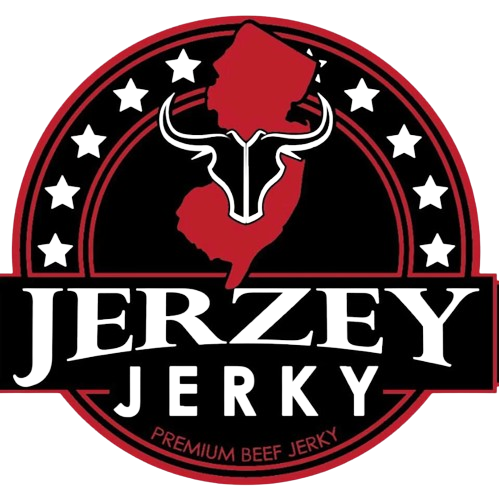
 2025-08-06
2025-08-06
 Wayne Holland
Wayne Holland

